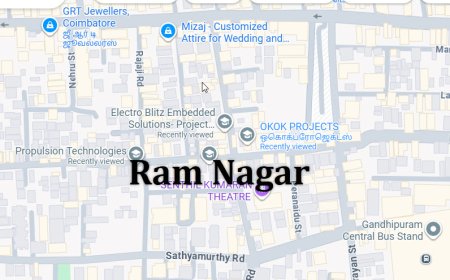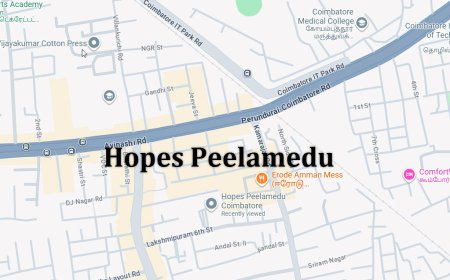Weed Detection in Python Projects
Weed Detection in Python Projects
Weed Detection in Python Projects
Abstract
Weed infestation is a major challenge in agriculture, causing reduced crop yield and increased production costs. The project Weed Detection in Python Projects focuses on developing an intelligent system that detects and classifies weeds in crop fields using image processing and machine learning techniques. Python is chosen as the development platform due to its extensive libraries for image analysis, data processing, and deep learning, including OpenCV, TensorFlow, Keras, NumPy, and Scikit-learn. The system captures images from crop fields, preprocesses them to remove noise and enhance features, and applies convolutional neural networks (CNNs) or other deep learning models to identify weeds accurately. This automated approach enables farmers to implement targeted weed control measures, reducing herbicide usage and improving crop productivity.
Existing System
Traditional weed management relies heavily on manual inspection and herbicide spraying, which is labor-intensive, time-consuming, and often inefficient. Some existing automated systems use thresholding or color-based segmentation to identify weeds, but these approaches are limited in accuracy, especially under varying lighting conditions, complex backgrounds, and different crop types. Conventional machine learning methods using handcrafted features also struggle with scalability and generalization across diverse field conditions. As a result, existing systems are often unable to provide precise, real-time weed detection for large-scale agricultural operations.
Proposed System
The proposed system introduces a Python-based framework for weed detection using image processing and deep learning models. Images of crop fields are preprocessed using techniques such as resizing, noise removal, contrast enhancement, and normalization. Convolutional Neural Networks (CNNs) or hybrid architectures are trained on labeled datasets of crops and weeds to automatically detect and classify weeds at a high level of accuracy. Data augmentation techniques such as rotation, flipping, and scaling are applied to improve model generalization. The system outputs detected weed regions, allowing for targeted intervention such as precision herbicide spraying or manual removal. Performance is evaluated using metrics like accuracy, precision, recall, F1-score, and IoU (Intersection over Union). By combining automated image analysis and deep learning classification, the system provides a scalable, reliable, and efficient solution for weed management, enhancing crop yield and reducing costs.
What's Your Reaction
 Like
0
Like
0
 Dislike
0
Dislike
0
 Love
0
Love
0
 Funny
0
Funny
0
 Angry
0
Angry
0
 Sad
0
Sad
0
 Wow
0
Wow
0































